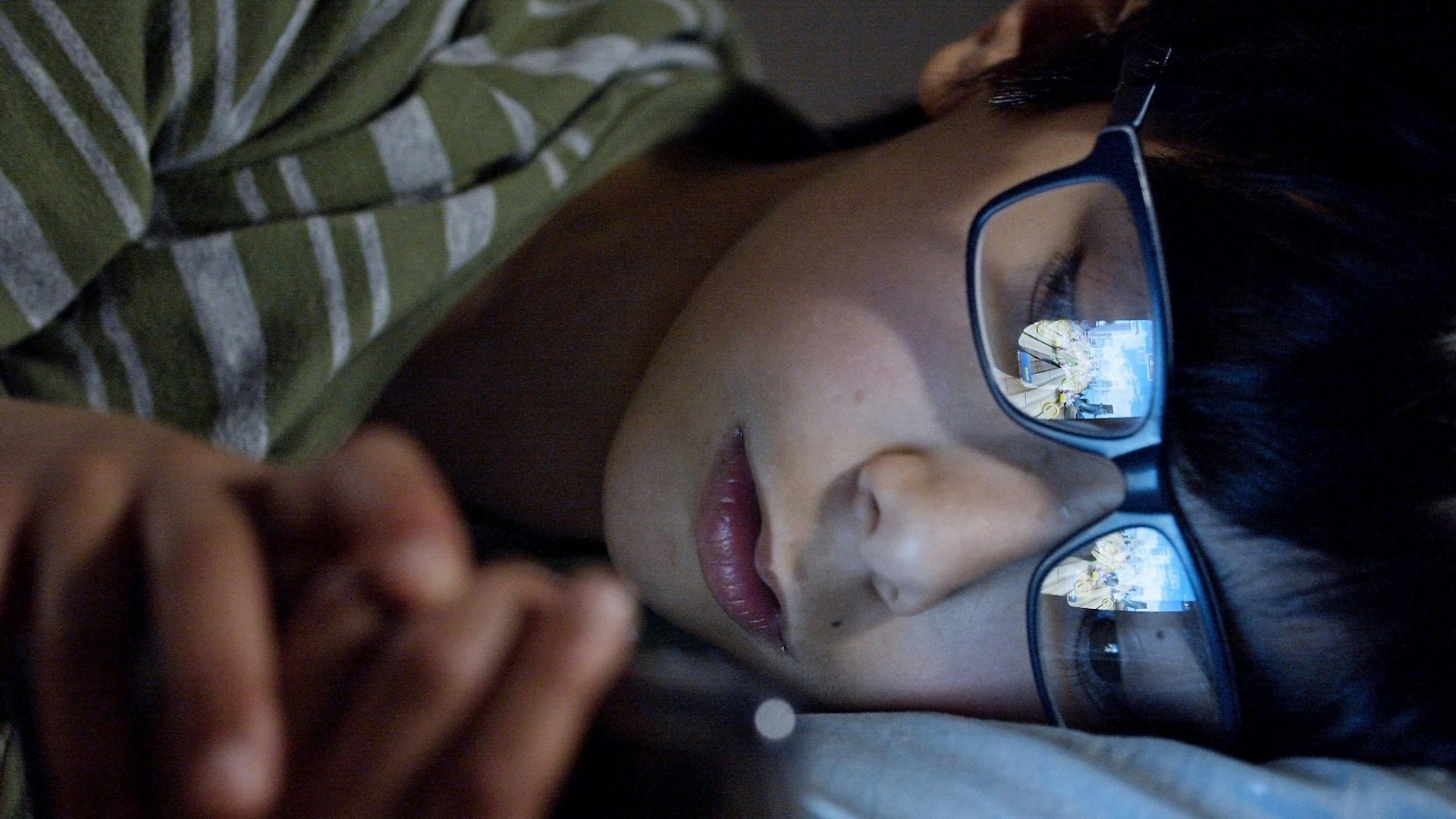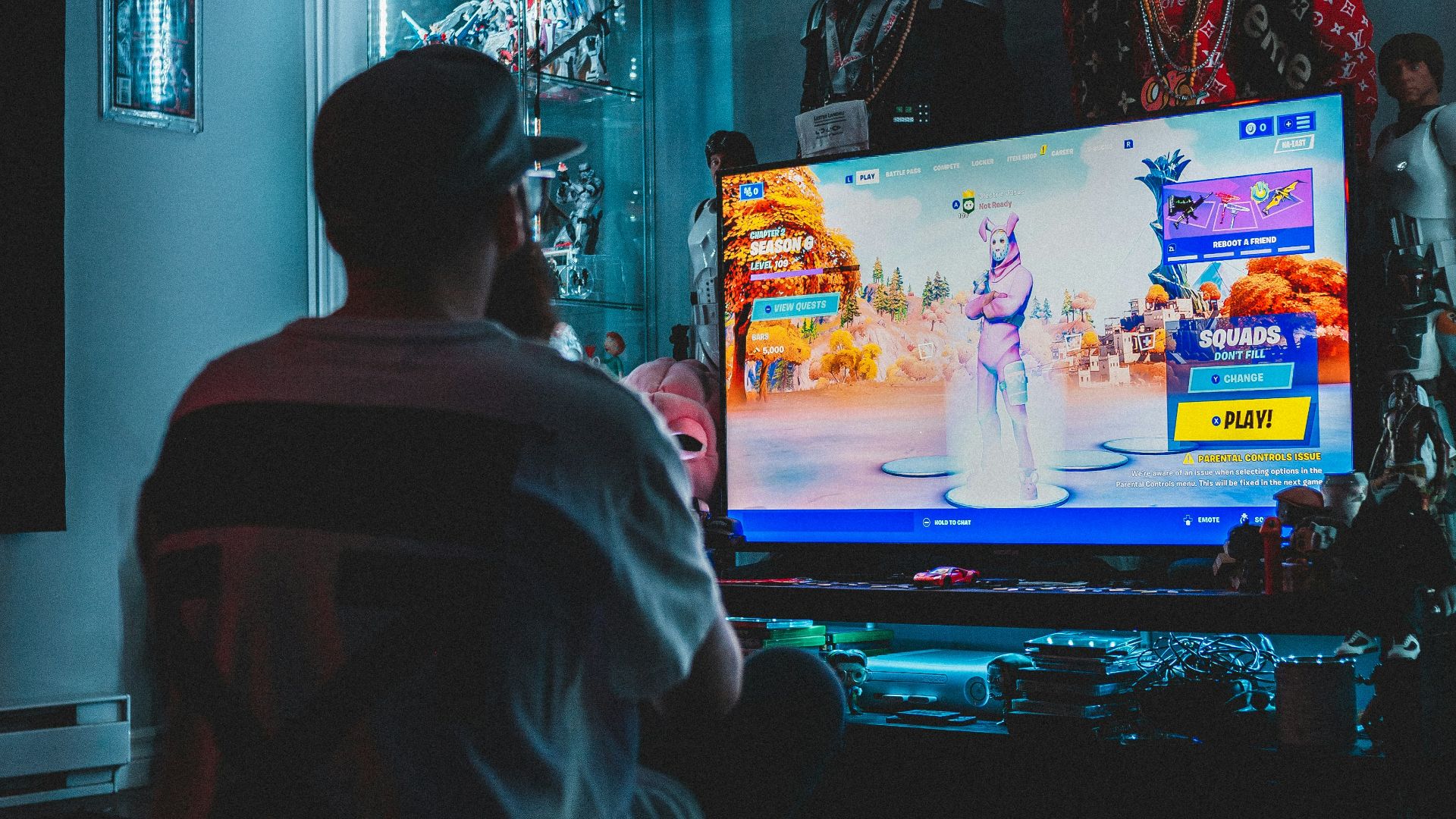Loot boxes don’t look dangerous. Tucked into the corners of popular games, these little boxes sparkle, glow, and chirp like digital treasure chests filled with harmless surprises. Kids open them with a quick tap, releasing bursts of confetti that feel suspiciously like a slot machine, only disguised in a child-friendly aesthetic. Some kids shrug them off, while others chase the next rare item the way adults chase scratch-off jackpots.
What’s unsettling is how quietly this behavior blends into ordinary play. Most parents have never heard about loot boxes. Those stay in the background, slipping through daily conversations like they’re nothing more than digital candy. And maybe the whole problem lies in the fact that they don’t feel like gambling, even though the mechanics say otherwise.
The Hidden Mechanics Mimic Gambling
Loot boxes operate on variable-ratio reinforcement, the same reward pattern used by casinos. You don’t know when the rare item will appear, only that it might—maybe on the next try, maybe in fifty. Kids learn the pattern quickly, even if they don’t understand the psychology behind it.
Developers dress the system up with bright animations. The moment you click it, there’s a sensory reward: a metallic clink or a flash of gold. Often, there’s a celebratory jingle that sounds suspiciously like something you’d hear in a Vegas lobby.
The Social Pressure Is Quiet but Fierce
A shadow economy thrives on virtual goods—rare skins that shimmer with algorithmic scarcity, exclusive outfits locked behind limited-time events, and weapons pulsing blue for epic, red for legendary. Players chase, trade, sell, and even gamble rare virtual items that exist only as pixels. Kids compare them constantly. And while these conversations may be limited to a group chat, the message is clear: you’re either part of the circle that has cool gear, or you’re outside it.
We underestimate how strong that pressure feels at age twelve. Imagine walking into school wearing the same sweater every day while everyone else rotates fresh outfits. Even though it’s digital, the feeling translates into the virtual world.
The Illusion of Control Keeps Kids Clicking
A lot of games make it seem like you can tilt the odds in your favor by playing more matches, leveling up, or completing a challenge. The idea is that effort might unlock something better during the next loot box opening. But that’s mostly an illusion, as the payout remains as random as a slot machine.
Some kids swear they “feel” when a good item is coming, using the same superstitious language adults wield when sitting at a blackjack table or throwing dice in craps. You see tiny rituals forming: opening boxes in a certain order, waiting for a specific sound, or even switching characters before clicking. It may be silly, but it’s also quite revealing of the addictive pull behind these games.
The Money Trail Often Starts Small
Most purchases begin with something tiny, but these digital currencies can quickly muddy a child’s conception of value. Coins, gems, crystals—whatever the game calls them—detach the cost from actual money, and suddenly a kid can blow through $40 without realizing they spent more than a week’s allowance.
Some parents discover the problem only after a credit card statement shows a string of microtransactions that look like someone shaking a jar of loose change across the screen.
Kids Don’t Talk About It
To them, participating in the virtual economy is simply a normal part of the game. They aren’t hiding anything malicious; they genuinely don’t see the connection. And why would they? The entire system is designed to look playful, colorful—everything gambling usually isn’t.
And so, despite the consequences, the conversation never starts. Kids keep tapping and the lights keep flashing. With every passing year, the line between gameplay and chance gets thinner and thinner.










